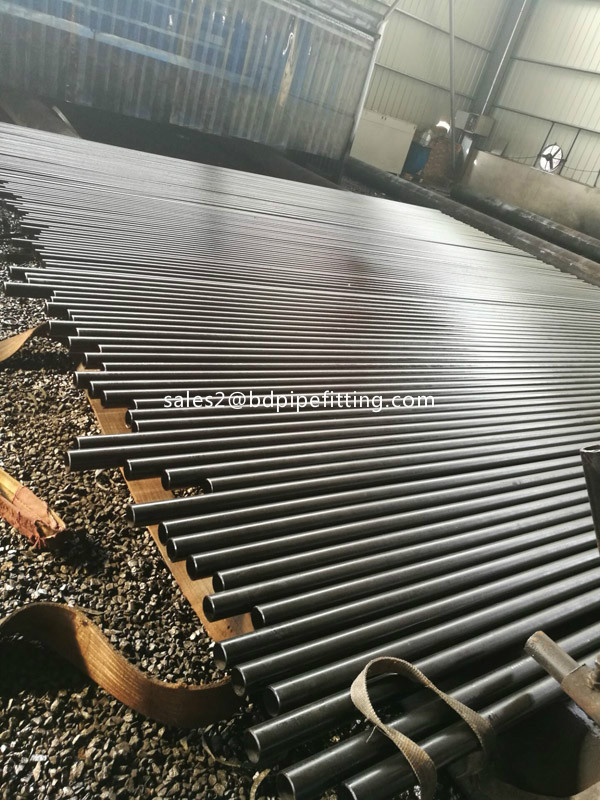The difference between the stainless steel elbow and the carbon steel elbow is mainly due to the difference in material. The chemical composition of the elbow will keep the surface of the elbow from rusting for a long time and will not be corroded. Because stainless steel has good corrosion resistance, it enables structural components to permanently maintain engineering integrity.
First, the classification of stainless steel elbow:
According to the standard production can be turned into:
1. According to the manufacturing standards, it can be divided into national standard, electric standard, water standard, American standard, German standard, Japanese standard and Russian standard.
2. Divided by the production method can be divided into push, press, forge, casting and so on.
Second, the characteristics of stainless steel elbow
Stainless steel stamping elbows do not cause corrosion, pitting, rust or wear. Stainless steel is also one of the strongest materials in building metal materials. Because stainless steel has good corrosion resistance, it enables structural components to permanently maintain engineering integrity. Chromium-containing stainless steel also combines mechanical strength and high extensibility, making it easy to machine parts to meet the needs of architects and structural designers. All metals react with oxygen in the atmosphere to form an oxide film on the surface. Unfortunately, the iron oxide formed on ordinary carbon steel continues to oxidize, causing the rust to expand and eventually form pores. The carbon steel surface can be ensured by electroplating with paint or oxidation resistant metals (e.g., zinc nickel and chromium), but as is known, this protection is only a film.
The corrosion resistance of stainless steel depends on the alloying elements contained in the steel. Chromium is the basic element for obtaining corrosion resistance of stainless steel. When the chromium content in steel reaches about 1.2%, chromium reacts with oxygen in the corrosive medium to form a thin oxide film (self-passivation film) on the steel surface. It can prevent further corrosion of the steel matrix. In addition to chromium, commonly used alloying elements are nickel, molybdenum, titanium, niobium, copper, nitrogen, etc., to meet the requirements of stainless steel structure and performance for various purposes.






